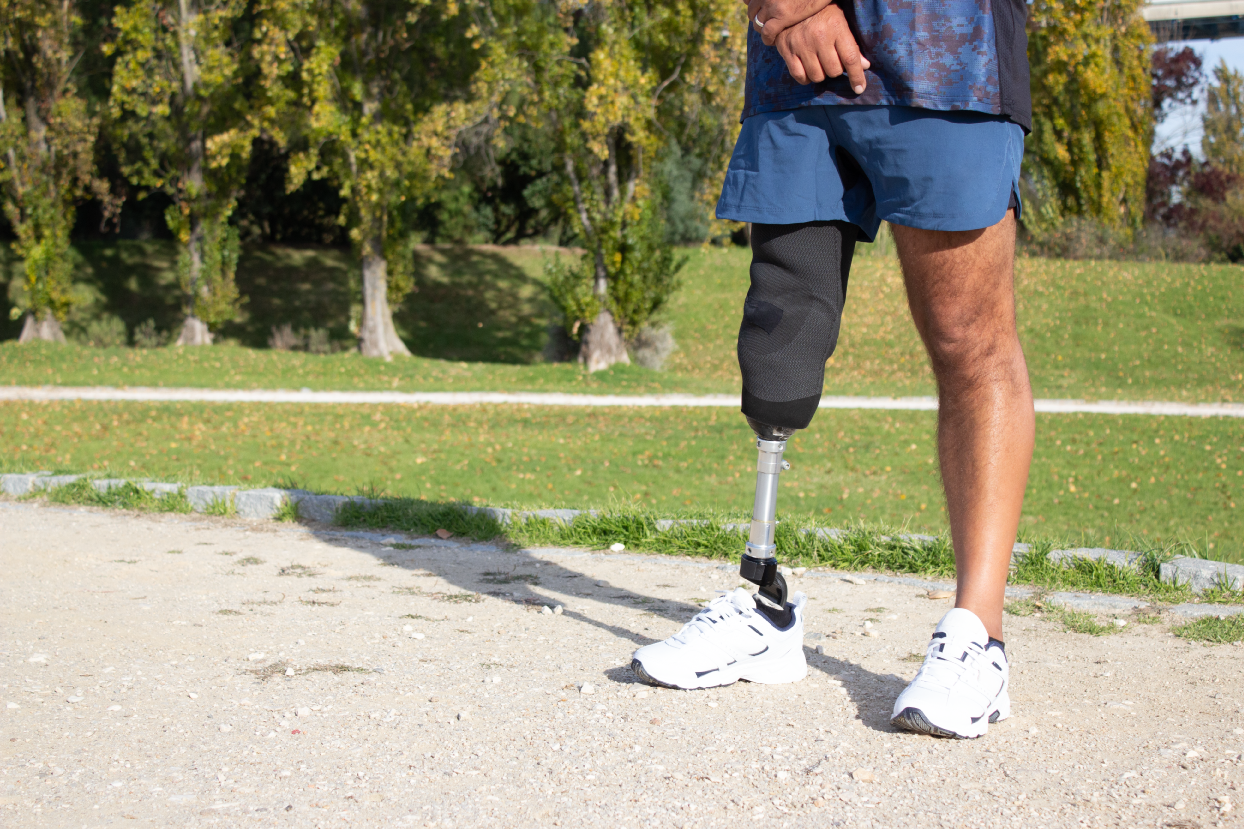Below the Knee Prosthetist
- Home
- Below the Knee Prosthetics
Learn what to expect when visiting the Asya Med Prosthesis and Orthosis Center. Learn More


With years of experience in the field, Asya Med specializes in below-the-knee prosthetics. Understanding that each individual's needs are unique, we offer personalized solutions. Our below-the-knee prostheses are designed using the latest technologies to provide comfort, durability, and natural mobility. Asya Med is committed to improving the quality of life for our clients by helping them regain their movement capabilities. With a focus on personalized services and customer satisfaction, we have established ourselves as a trusted name in the industry.
A below-knee prosthetic leg is an artificial limb system used when an individual has an amputation below the knee joint in one or both legs. Types of Below-Knee Prosthetic Legs Below-knee prosthetic legs are generally divided into two main categories:
BIn vacuum system prosthesis treatment, the air between the liner attached to the patient's residual limb and the socket applied to the stump is pumped out using a valve. This ensures a secure fit in the socket area and helps prevent deformities in the residual limb.
In prosthetics with an active vacuum system, the vacuum is activated with each step, providing the user with more comfortable and stable prosthesis usage.
The only difference between passive and active vacuum systems is the amount of air retained inside. Instead of a system that operates with every step, the passive vacuum system maintains a constant air pressure of 4.5 bars.
In an active vacuum system, the air is expelled with every step the patient takes. In a passive vacuum system, this doesn’t happen with each step; instead, it maintains a constant pressure of 4.5 bars inside.
The warranty period for below-knee prostheses with an active vacuum system is 2 years. The warranty for the silicone provided with the prosthesis is 6 months.
A patient with a below-knee prosthesis that uses an active vacuum system can typically use the prosthesis for an average of 5 years. In some cases, patients may use the prosthesis for more than 7-8 years, depending on usage.
In screw pin systems, the pin must be manually aligned with the socket, offering no assistance during insertion. However, in magnetic systems, the pin is guided more easily into place with the help of magnets.
Below-knee prostheses with a pin system come with a 2-year warranty. The silicone liner provided with the prosthesis has a warranty of 6 months.
A patient using a below-knee prosthesis with a pin system can typically use the device for about 5 years. In some cases, prostheses can last 7-8 years or more, depending on how they are used.
You can find out the prices for prostheses with either a screw pin or magnetic pin system by using the buttons below.
Cosmetic silicone leg prostheses are chosen to cover the surface of the selected prosthetic leg. For example, a below-knee prosthesis can be covered with a silicone leg prosthesis. In designing these prostheses, we aim to replicate the appearance of your other leg, paying attention to factors such as:
Your email address will not be published. Required fields are marked *